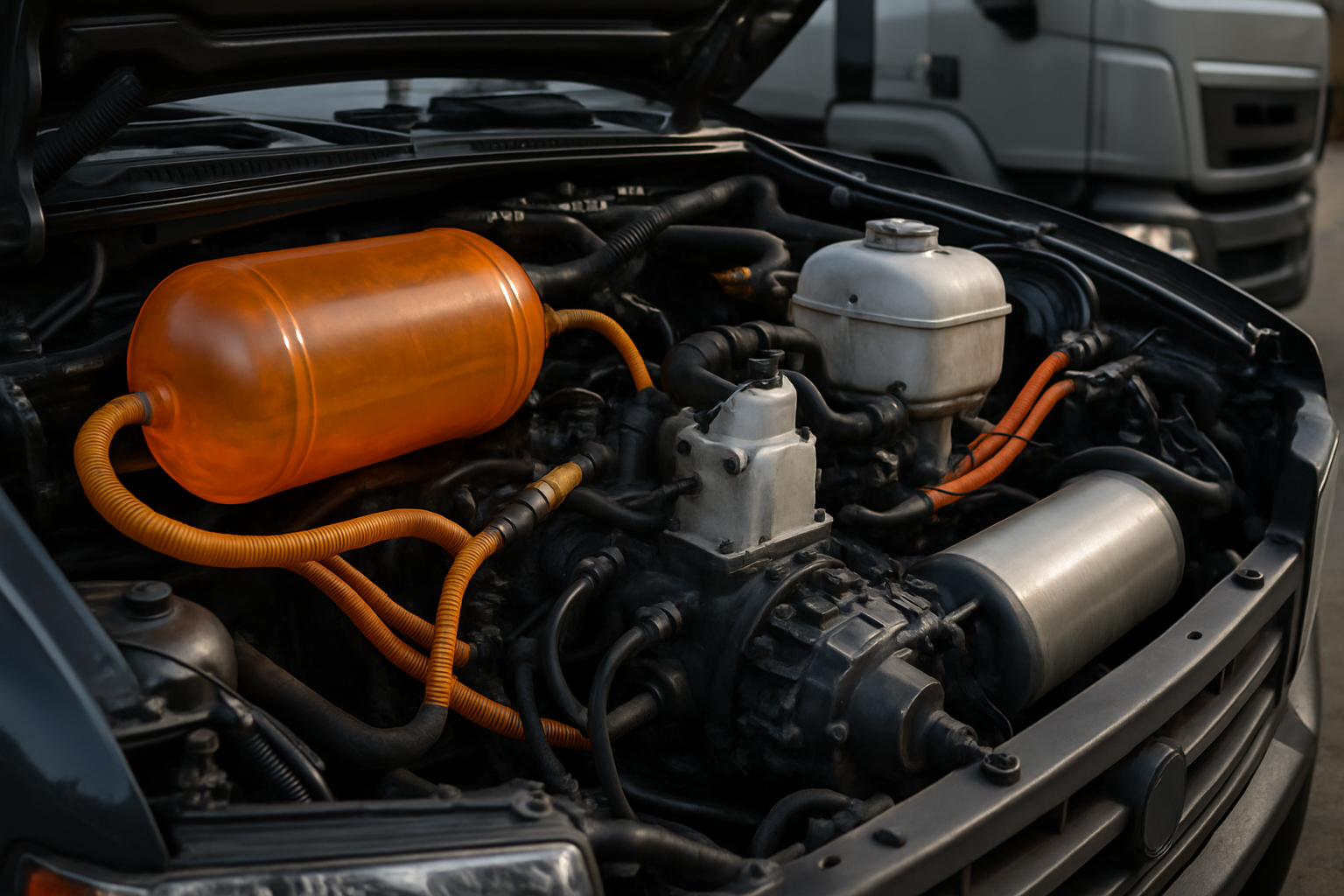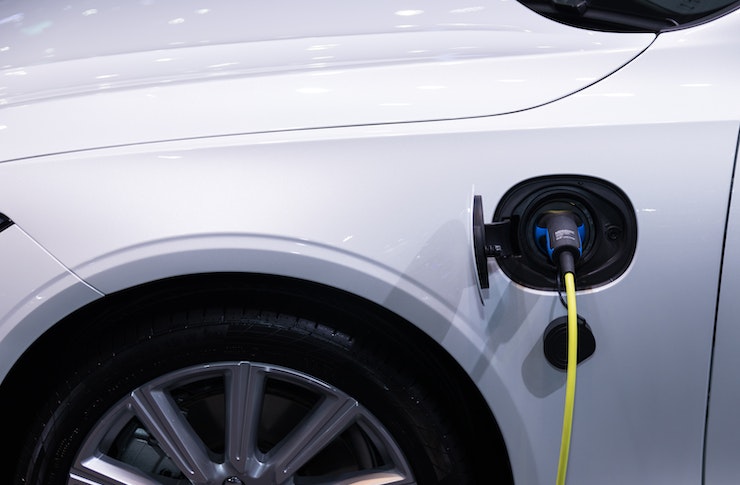Understanding Warranty Coverage for EV Components
Electric vehicles represent a significant investment, and understanding the warranty protection that comes with them is essential for every owner. EV warranties differ substantially from traditional vehicle coverage, particularly when it comes to battery packs, electric motors, and charging systems. Knowing what's covered, for how long, and under what conditions can save you thousands of dollars in potential repair costs while providing peace of mind throughout your ownership experience.

Owning an electric vehicle comes with unique considerations, especially regarding component protection and long-term maintenance costs. Unlike conventional vehicles, EVs have fewer moving parts but feature expensive technology that requires specialized attention. Warranty coverage becomes a critical factor in protecting your investment and managing potential expenses over the vehicle’s lifespan.
What Components Are Typically Covered Under EV Warranties
Electric vehicles generally come with multiple warranty types covering different systems. The basic bumper-to-bumper warranty usually covers most components for three to four years or 36,000 to 50,000 miles. The powertrain warranty extends coverage for the electric motor, inverter, and related systems, typically lasting five to eight years or 60,000 to 100,000 miles. Most importantly, battery warranties specifically protect the high-voltage battery pack, often covering eight years or 100,000 miles, with some manufacturers offering coverage up to 150,000 miles. These warranties typically guarantee that the battery will maintain a minimum capacity threshold, usually around 70 percent of its original capacity.
How Battery Warranty Coverage Actually Works
Battery warranties are the most valuable component of EV coverage due to replacement costs. Manufacturers structure these warranties to cover defects in materials and workmanship, as well as excessive capacity degradation beyond normal wear. If your battery falls below the specified capacity threshold during the warranty period, the manufacturer will repair or replace it at no cost. However, coverage excludes damage from accidents, improper charging practices, or modifications. Some manufacturers offer unlimited mileage during the warranty period, while others cap coverage at specific distances. Understanding these terms helps you anticipate potential out-of-pocket expenses after warranty expiration.
Common Exclusions and Limitations to Be Aware Of
While EV warranties provide substantial protection, several exclusions apply. Wear items such as brake pads, tires, and wiper blades are typically not covered beyond the initial warranty period. Damage resulting from accidents, misuse, lack of maintenance, or unauthorized modifications voids coverage. Many warranties also exclude coverage for vehicles used commercially, in racing, or as taxis. Environmental damage from flooding, fire, or extreme weather may not be covered under standard warranties. Additionally, warranty transferability varies by manufacturer—some allow full transfer to subsequent owners, while others reduce coverage terms or require transfer fees.
Extended Warranty Options and Their Value
As factory warranties approach expiration, owners face decisions about extended coverage. Manufacturer-backed extended warranties typically cost between $1,500 and $4,000 depending on coverage length and deductible amounts. Third-party warranty providers offer alternatives ranging from $1,200 to $3,500 annually, though coverage quality varies significantly. When evaluating extended warranties, consider the vehicle’s age, your expected ownership duration, and typical repair costs. Battery replacement can cost $5,000 to $15,000 depending on the model, making extended coverage potentially worthwhile for older vehicles.
| Coverage Type | Typical Duration | Components Included | Cost Estimation |
|---|---|---|---|
| Basic Warranty | 3-4 years/36,000-50,000 miles | Most vehicle systems excluding wear items | Included with purchase |
| Powertrain Warranty | 5-8 years/60,000-100,000 miles | Electric motor, inverter, transmission | Included with purchase |
| Battery Warranty | 8-10 years/100,000-150,000 miles | High-voltage battery pack | Included with purchase |
| Extended Warranty | 1-5 years beyond factory | Varies by plan | $1,500-$4,000 |
Prices, rates, or cost estimates mentioned in this article are based on the latest available information but may change over time. Independent research is advised before making financial decisions.
Maintaining Coverage Through Proper Vehicle Care
Preserving warranty validity requires adherence to manufacturer maintenance schedules and recommendations. Regular software updates, which many manufacturers provide over-the-air, are essential for optimal performance and may be required to maintain coverage. Charging practices significantly impact battery health—avoiding frequent fast charging and maintaining charge levels between 20 and 80 percent can prevent premature degradation. Documentation of all maintenance and repairs at authorized service centers creates a service history that supports warranty claims. Neglecting recommended maintenance or servicing at unauthorized facilities may provide manufacturers grounds to deny coverage.
What to Do When Filing a Warranty Claim
When experiencing issues with EV components, prompt action protects your rights. Contact an authorized dealer or service center immediately to document the problem. Provide detailed descriptions of symptoms, error messages, and when issues occur. Authorized technicians will diagnose the problem and determine whether it falls under warranty coverage. If a claim is denied, request written explanation citing specific warranty language. You can escalate disputes through manufacturer customer service, state consumer protection agencies, or arbitration programs. Keeping copies of all communications, repair orders, and warranty documents strengthens your position in disputes.
Comparing Manufacturer Warranty Programs
Warranty terms vary significantly across manufacturers, influencing total ownership costs. Some brands offer industry-leading battery warranties of 10 years or 150,000 miles with minimal capacity degradation thresholds. Others provide comprehensive bumper-to-bumper coverage extending beyond typical three-year periods. When shopping for an EV, compare warranty terms alongside purchase price and features. A vehicle with a lower purchase price but limited warranty coverage may cost more long-term than a slightly more expensive model with superior protection. Consider how long you plan to own the vehicle and whether strong warranty terms add resale value.
Understanding warranty coverage for electric vehicle components empowers owners to make informed decisions about purchases, maintenance, and repair options. These protections represent significant value, potentially saving thousands in repair costs during the coverage period. By maintaining your vehicle properly, understanding coverage limitations, and knowing how to navigate the claims process, you maximize the benefits of your EV warranty while minimizing unexpected expenses throughout your ownership experience.



